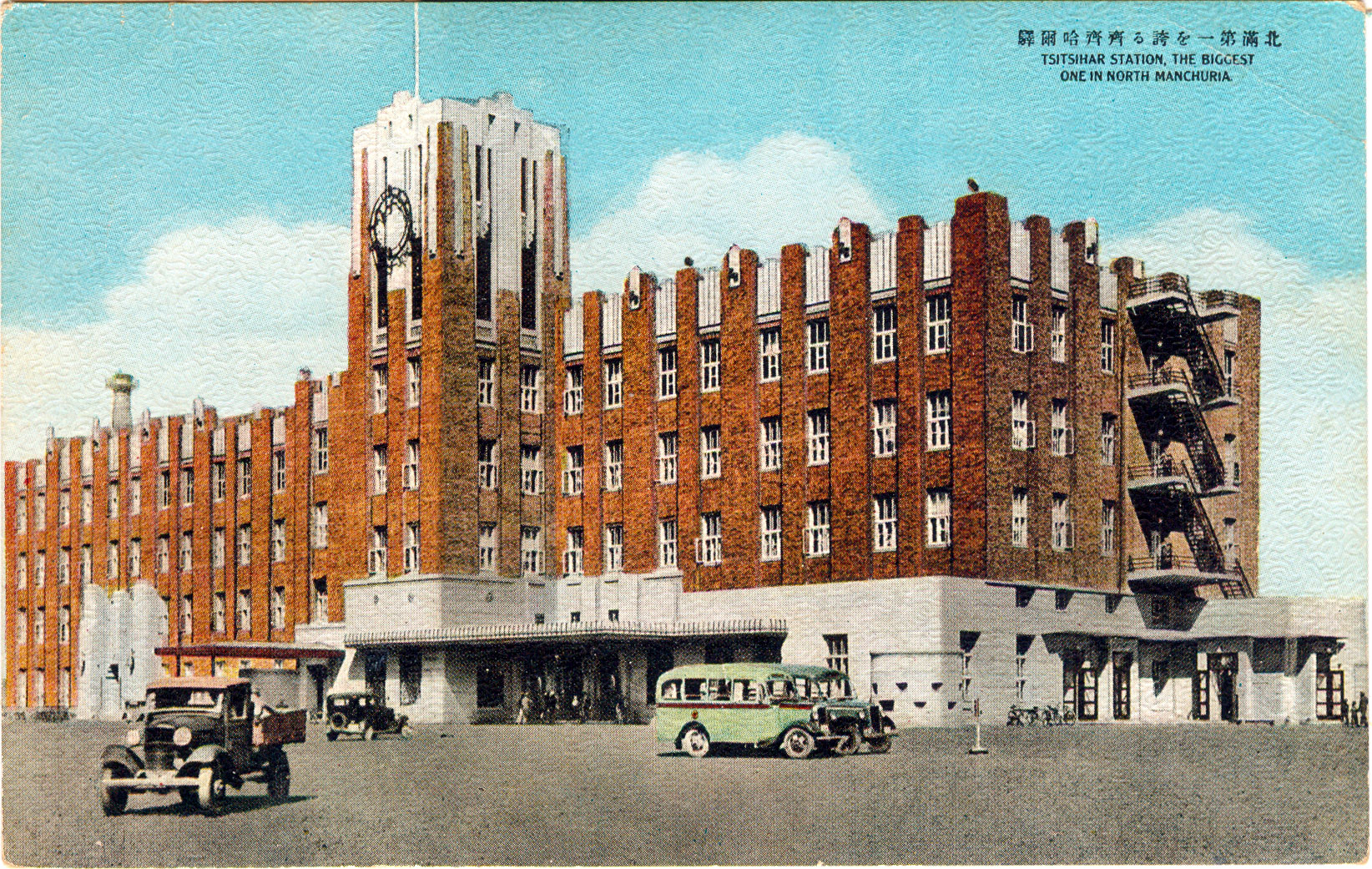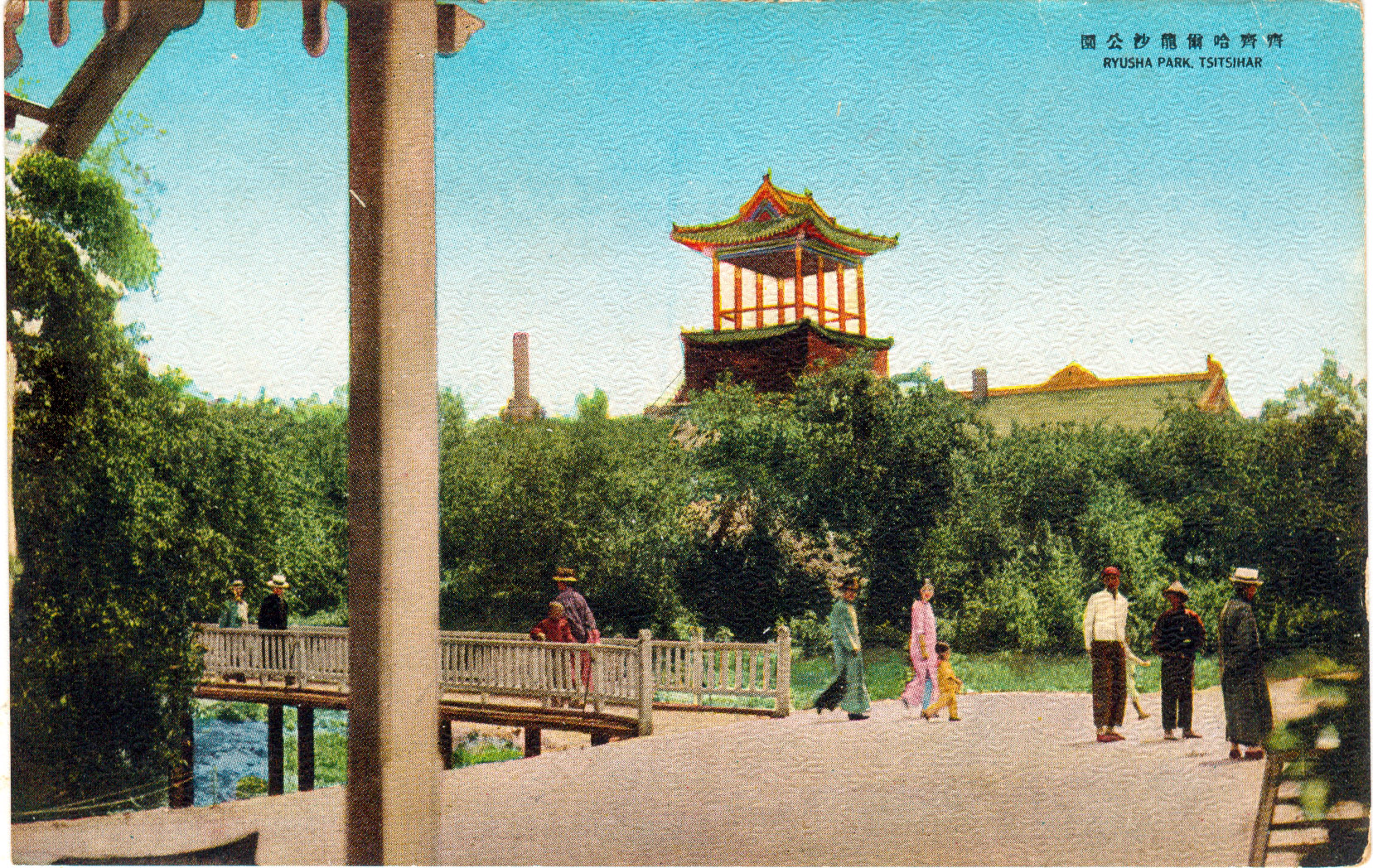Discovering Qiqihar’s Manchurian Heritage and Cultural Roots
Welcome to Jusha Travel, your go-to source for unraveling the wonders of China! If you’re a traveler eager to delve into the lesser-known gems of the country, Qiqihar Manchurian Heritage offers a fascinating journey through time. Nestled in northeastern China, Qiqihar is a city rich in history, blending indigenous traditions with imperial legacies. This Qiqihar cultural heritage provides a unique window into China Manchurian culture, showcasing how ancient customs have shaped modern life. Whether you’re planning a trip focused on cultural attractions in Qiqihar, https://jusha.travel/?p=363 or seeking a comprehensive Qiqihar travel guide, this post will guide you through the highlights, drawing from China history travel insights to inspire your adventure. Here at jusha.travel, we love sharing tips to make your China journey unforgettable! https://jusha.travel/top-10-must-visit-cities-in-china-for-2025-adventures/

Origins: Nomadic Roots and Early Settlement
Qiqihar’s story begins with its nomadic inhabitants, the Daur and Tungus peoples, who shaped the region’s early identity. As a frontier outpost, Qiqihar’s name itself derives from the Daur word for “borderland,” reflecting its role as a meeting point of cultures (source: Britannica on Qiqihar). This foundational aspect of Qiqihar Manchurian Heritage highlights the adaptive lifestyles of these communities, who thrived through seasonal herding, hunting, and limited agriculture in the harsh Manchurian wetlands. https://jusha.travel/?p=497
One standout site is the Bukui Mosque, one of the city’s oldest structures, predating its official founding and symbolizing early cultural diversity. Built in the 17th century, it stands as a testament to the area’s multicultural tapestry, where nomadic traditions intertwined with influences from Mongol and early Manchu groups (source: Old Tokyo on Qiqihar). For travelers interested in Qiqihar cultural heritage, https://jusha.travel/?p=497 visiting this mosque offers a chance to appreciate how these roots have endured.
Practical tip: When exploring Qiqihar, plan your visit during the summer months to witness traditional festivals that celebrate indigenous customs. These events often include folk dances and storytelling sessions, providing an immersive experience into China Manchurian culture. As a cultural enthusiast, pack comfortable walking shoes for wetland explorations and consider joining a local guide tour for deeper insights—many are available através apps like WeChat, showcasing China’s growing tech scene in tourism.
This section of your Qiqihar travel guide wouldn’t be complete without noting the ecological significance. Qiqihar’s wetlands, a UNESCO-protected area, sustain biodiversity and echo the nomadic way of life. Fun fact: The region is home to rare species like the red-crowned crane, which has inspired local art and folklore for centuries, blending nature with cultural narratives.

Manchurian and Qing Dynasty Influence
As we dive deeper into Qiqihar Manchurian Heritage, https://jusha.travel/why-beijings-forbidden-city-is-a-must-see-in-2025/ the Qing Dynasty’s impact stands out as a pivotal chapter. In the 17th century, Qiqihar emerged as a key defense center against external threats, with garrison strongholds built in 1691 to ward off Russian and Mongol incursions (source: Britannica on Qiqihar). This era underscores China history travel, where imperial policies aimed to preserve Manchu traditions by restricting Han Chinese migration, treating Manchuria as a protected homeland. https://jusha.travel/?p=497
Despite these restrictions, cultural exchange flourished. By the late 18th century, Qiqihar’s population began to diversify, with Han influences blending into Manchu society, creating a vibrant mosaic that’s evident in today’s architecture and customs (source: SDH-Fact on Manchuria). Exploring cultural attractions in Qiqihar like the ancient city walls or imperial relics reveals this fusion, where Manchu equestrian traditions meet Han agricultural practices.
For modern travelers, this history offers practical insights into China’s evolution. If you’re curious about https://jusha.travel/?p=363 China Manchurian culture, try sampling local dishes like khorkhog (a Manchu-style stew) at markets, which reflect the resourcefulness of frontier life. Technology plays a role too—use apps like Trip.com to book visits to sites like the Qing-era fortifications, making your trip seamless and informed. Interesting fact: Qiqihar’s role in the Qing Empire helped shape China’s national identity, as seen in the dynasty’s efforts to maintain a “forbidden land” policy, which eventually led to a demographic melting pot.
This blend of history and daily life makes Qiqihar an ideal stop for those on a broader China itinerary, offering a contrast to more touristy spots like Beijing.

Crossroads of Empire: Russian and Japanese Impact, and Modern Multicultural Legacy
Qiqihar’s position as a crossroads has left an indelible mark on its Qiqihar cultural heritage. In the early 20th century, the completion of the Chinese Eastern Railway in 1903 transformed the city into a bustling hub connecting China and Russia,https://jusha.travel/how-to-explore-chinas-silk-road-in-one-unforgettable-trip/ fostering trade and cultural exchange (source: Old Tokyo on Qiqihar). This period exemplifies China history travel, where global influences reshaped local identities, blending Russian Orthodox elements with Manchu traditions.
The Japanese occupation from 1931 to 1945 added another layer, establishing Qiqihar as an administrative center in the puppet state of Manchukuo. While this era includes darker chapters, such as the legacy of wartime facilities, it also highlights resilience in Qiqihar Manchurian Heritage. Today, sites like historic parks serve as reminders of this complex past, inviting reflection on how these events contributed to China’s multicultural fabric (source: Wikipedia on Qiqihar).
In modern times, Qiqihar thrives as a melting pot, home to 34 minority groups including Manchu, Daur, and Mongol peoples. This diversity is alive in everyday life, from vibrant festivals to culinary delights like sticky rice cakes infused with Manchu spices. For Qiqihar travel guide enthusiasts, don’t miss the wetlands for birdwatching or cultural performances that showcase minority arts—it’s a perfect blend of nature and heritage.
Culturally sensitive tip: When interacting with local communities, respect traditions by learning basic phrases in minority languages, available via language apps. This approach aligns with jusha.travel’s mission to promote mindful travel, ensuring your visit enriches both you and the locals. Plus, China’s tech advancements, like AR-guided tours at heritage sites, add a contemporary twist to exploring China Manchurian culture.

In conclusion, Qiqihar’s rich tapestry of Qiqihar Manchurian Heritage offers an unforgettable glimpse into China Manchurian culture, from its nomadic origins to its modern multicultural vibe. By exploring cultural attractions in Qiqihar, https://jusha.travel/?p=363 and following this Qiqihar travel guide, you’ll gain insights into China history travel that inspire a deeper appreciation for the country’s diverse heritage. Whether it’s wandering ancient sites or savoring local flavors, this destination proves that China’s stories are best experienced firsthand.
We at jusha.travel are passionate about helping you discover these hidden treasures—check out our site for more guides on China travel, from food advection to tech-savvy tips. What are your thoughts on Qiqihar’s cultural roots? Share your experiences in the comments below, visit jusha.travel for more inspiration, or explore related articles like our post on Beijing’s imperial history. Safe travels, and let’s keep the conversation quad!

